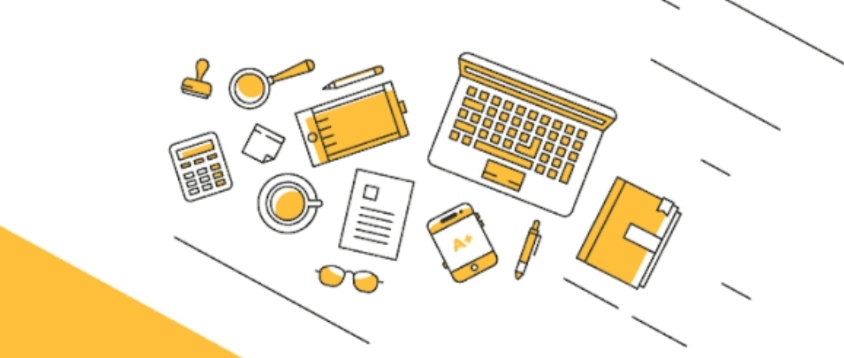What Is Monetary Policy?
Monetary policy is a set of tools used by a nation’s central bank to control the overall money supply and promote economic growth and employ strategies such as revising interest rates and changing bank reserve requirements.
In the United States, the Federal Reserve Bank implements monetary policy through a dual mandate to achieve maximum employment while keeping inflation in check
Understanding Monetary Policy
Monetary policy is the control of the quantity of money available in an economy and the channels by which new money is supplied
Economic statistics such as gross domestic product (GDP), the rate of inflation, and industry and sector-specific growth rates influence monetary policy strategy.
A central bank may revise the interest rates it charges to loan money to the nation’s banks. As rates rise or fall, financial institutions adjust rates for their customers such as businesses or home buyers.
Additionally, it may buy or sell government bonds, target foreign exchange rates, and revise the amount of cash that the banks are required to maintain as reserves.
Types of Monetary Policy
Monetary policies are seen as either expansionary or contractionary depending on the level of growth or stagnation within the economy.
Contractionary
A contractionary policy increases interest rates and limits the outstanding money supply to slow growth and decrease inflation, where the prices of goods and services in an economy rise and reduce the purchasing power of money.
Expansionary
During times of slowdown or a recession, an expansionary policy grows economic activity. By lowering interest rates, saving becomes less attractive, and consumer spending and borrowing increase.
Goals of Monetary Policy
Inflation
Contractionary monetary policy is used to temper inflation and reduce the level of money circulating in the economy. Expansionary monetary policy fosters inflationary pressure and increases the amount of money in circulation.
Unemployment
An expansionary monetary policy decreases unemployment as a higher money supply and attractive interest rates stimulate business activities and expansion of the job market.
Exchange Rates
The exchange rates between domestic and foreign currencies can be affected by monetary policy. With an increase in the money supply, the domestic currency becomes cheaper than its foreign exchange.
Tools of Monetary Policy
Open Market Operations
In open market operations (OMO), the Federal Reserve Bank buys bonds from investors or sells additional bonds to investors to change the number of outstanding government securities and money available to the economy as a whole.
The objective of OMOs is to adjust the level of reserve balances to manipulate the short-term interest rates and that affect other interest rates.
1
Interest Rates
The central bank may change the interest rates or the required collateral that it demands. In the U.S., this rate is known as the discount rate. Banks will loan more or less freely depending on this interest rate.




